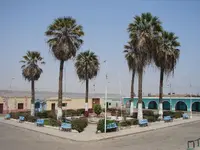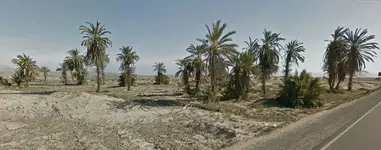KANACKI
Bronze Member
- Joined
- Mar 1, 2015
- Messages
- 1,445
- Reaction score
- 5,938
- Golden Thread
- 0
- Primary Interest:
- All Treasure Hunting
Hola Crow about 1km or two down the road was cemetery traditional above ground one. This was in the hinterland from the coast. But we cannot be sure that is the right Jecuit reduction in the valley of Pisco?
Bill I think there was one or two other monasteries in the valley?
Without all the details we might just be making a risky assumption? And amigo that is not in the trio's modus operandi
Still good exercise in seeing if we could narrow down this alleged location?
Kanacki
Bill I think there was one or two other monasteries in the valley?
Without all the details we might just be making a risky assumption? And amigo that is not in the trio's modus operandi
Still good exercise in seeing if we could narrow down this alleged location?
Kanacki







